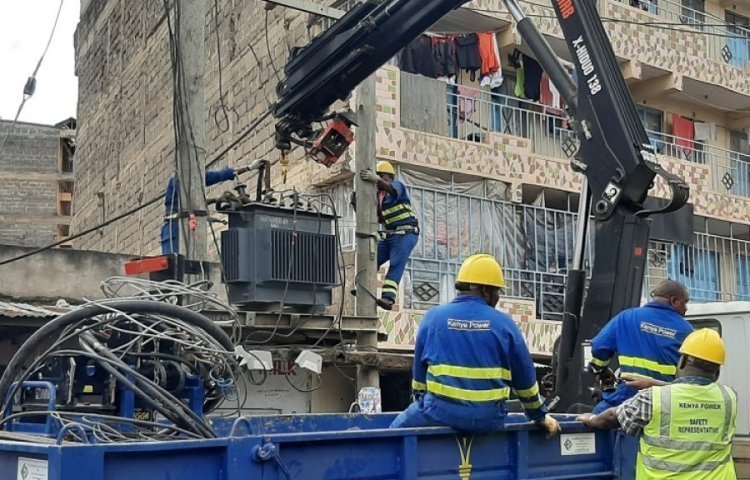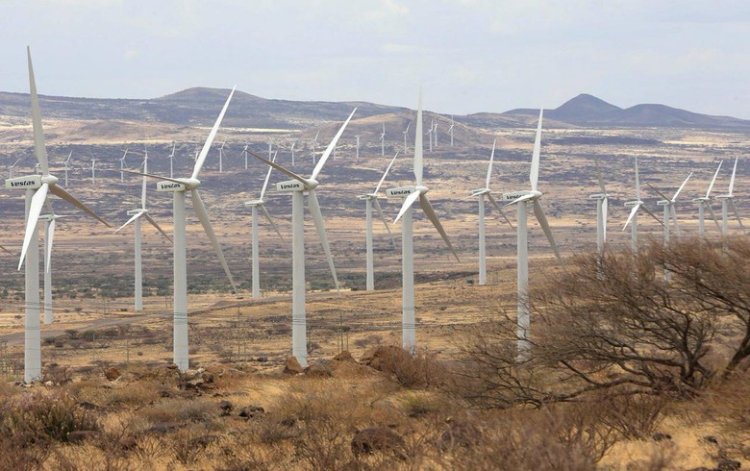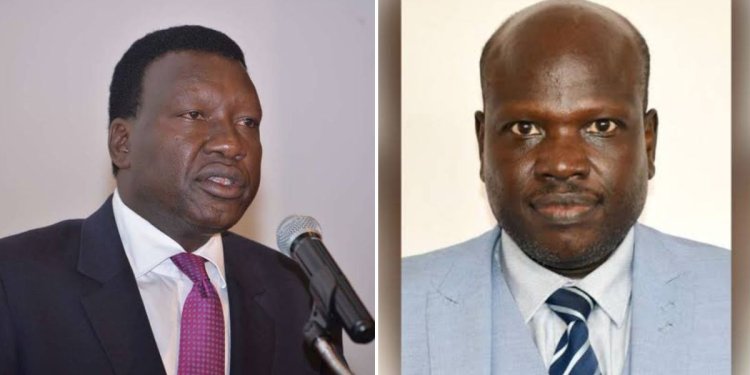We Did Not Cause Blackout- Lake Turkana Wind Power To Kenya Power
LTWP refuted various social media reports as well as a statement by Kenya Power which pointed fingers at them for causing the blackout on Friday, August 25 from 9.45 p.m.

The Lake Turkana Wind Power Limited (LTWP) on Saturday, August 26 denied responsibility for the recent nationwide power outage that plunged many Kenyans into total darkness.
In a press statement, LTWP refuted various social media reports as well as a statement by Kenya Power which pointed fingers at them for causing the blackout on Friday, August 25 from 9.45 p.m.
The wind power firm clarified that it was forced to go offline and stop generation following an overvoltage situation in the national grid system which, to avoid extreme damage, causes the wind power plant to automatically switch off.
The conclusion that the grid system overvoltage caused the issue, it added, was supported by preliminary reports and analysis undertaken by the relevant independent industry stakeholders.

A wind farm at the Lake Turkana Wind Power Station. /RENEWABLES NOW
"At the time LTWP was forced to switch off, it was producing 270MW out of a national total of 1855MW (14.6%).
"The large drop in generation output, following the grid system instability, resulted in a situation in which the national power supply was interrupted. Typically, this interruption would be immediately compensated for by other power generators in the system," LTWP stated in part.
The power plant added that since it was forced to switch off on Friday evening, it has not yet been brought back into operation.
"During this period there have been further interruptions and outages in the national grid system which also remain beyond the scope of LTWP and, in fact, prevent us from bringing the plant back online until these have been resolved," added LTWP.
The power firm affirmed that it always has been, fully and unconditionally, committed to working with all industry stakeholders to ensure the supply of low-cost renewable energy, adding that it is presently doing whatever it can to support the immediate restoration of power to every consumer in the country.
Kenya Power in their previous statement stated that after losing 270MW generation from LTWP, an imbalance in the power system was triggered and tripped all other main generation units and stations, leading to a total outage on the grid.
"While there are situations where a plant could trip, our technical teams are analyzing the data from the protection relays to establish the root cause of the trip which caused a cascade failure of the system.
"The System Demand at the time was 1855.8 MW and therefore, a loss of approximately 15% of generation was expected to cause a widespread power outage," stated the monopoly firm.
According to Kenya Power, mobilization for the restoration of power supply commenced immediately after the lines carrying the affected generation were isolated.
Electricity from Seven Fork Hydro power stations was utilized to kick start the restoration exercise, an option that the firm argued took much longer compared to electricity import from Uganda (UETCL), which is faster but was unavailable at the time.
"Most of the grid was sequentially restored from Central and Eastern Regions where the hydro generation is located and towards Nairobi. By 1145 hrs today most of the transmission grid had been energized and normal power supply to customers was restored as generation came on board.
"We are jointly working on having the Uganda interconnector restored so as to enhance our grid recovery efforts. Additionally, we are in the final stages of onboarding power from the Olkaria complex where most of the geothermal plants are located to allow the restoration of power supply to parts of Nairobi, Coast, Western, Central Rift, North Rift and South Nyanza that are still off supply," the power supplier added.
As of March 2023, Uganda planned to connect its grid to Kenya at Malaba, to DR Congo at Mpondwe, South Sudan at Nimule and Tanzania at Mutukula. Uganda had by then powered its line up to the Mirama Hills interconnection point.
However, the extension was delayed owing to the stalled construction of high-voltage overhead transmission lines in the neighbouring countries, including Kenya. These extensions formed part of the wider Eastern African Power Pool Power (EAPP), a projection of the future linkages between various power grids, according to Uganda’s Energy Ministry Permanent Secretary Irene Pauline Batebe.
Uganda committed to exporting power provided that the neighbouring countries complete their evacuation projects.
Following the uproar that ensued over the nationwide blackout, the National Assembly has summoned Energy Cabinet Secretary Davis Chirchir and Kenya Power Chief Executive Officer Joseph Siror, with the House's Committee on Energy led by Mwala Member of Parliament (MP) Vincent Musyoka calling upon the duo to appear before them on Thursday, August 31 at 10 am.







